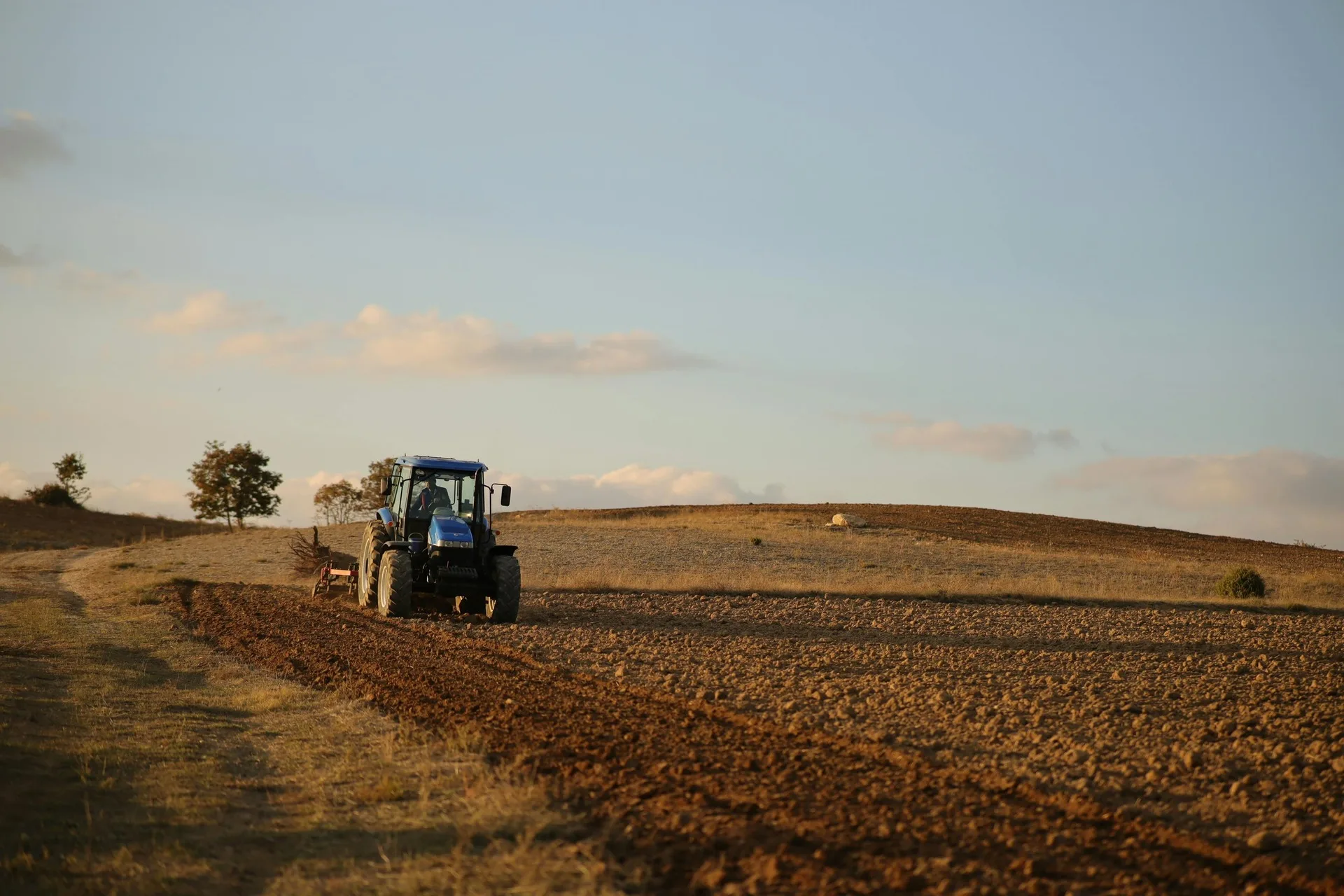
The cost of cultivation: Why moving soil can harm productivity and biology
Healthy soil equals healthy crops. That’s the core message of The Sea2Soil Podcast – and it’s never more relevant than when we talk about soil cultivation. In Episode 1, host Grant James speaks with Steve Townsend of Soil First Farming about why excessive soil movement is one of the most damaging – and costly – practices in modern agriculture.
In this companion blog, we dig deeper into the points Steve raised and explore why reducing cultivation could be the most profitable decision a farmer makes.
What do we mean by “Cultivation”?
Cultivation, or soil movement, has long been a cornerstone of conventional farming. It includes ploughing, harrowing, discing – all designed to prepare seedbeds, manage weeds, and “refresh” the soil.
But while these techniques might give short-term gains, they often come with long-term costs that aren’t always obvious. As Steve puts it: “Cultivations are the things that damage our soil. If you damage the soil, you damage the biology – and then you spend more money on inputs like fertiliser.”
The hidden biological cost
Soil isn’t just the ground we walk upon – it’s alive. Beneath our feet lies a complex food web of bacteria, fungi, protozoa, and other microscopic life forms. These organisms recycle nutrients, build soil structure, and support plant health.
Frequent cultivation disrupts this balance:
- Breaks soil aggregates – exposing delicate habitats to air and UV, killing microbes and fungi.
- Releases stored carbon – starving soil life of energy and contributing to greenhouse gas emissions.
- Reduces biodiversity – making the soil ecosystem less resilient to stress, disease, and drought.
Over time, this biological decline forces farmers to rely more heavily on synthetic fertilisers and chemicals, increasing costs and reducing soil’s natural productivity.
The physical cost: Erosion and compaction
Disturbed soil is fragile soil. Once aggregates are broken, they’re more prone to erosion – washed away by rain or blown away by wind. And it’s often the most fertile topsoil that goes first. As Steve points out: “We are letting too much of our soil go down the river. And it’s not the worst bit of soil that goes – it’s the best bit of soil that goes.”
Cultivation can also lead to compaction. Repeated passes with heavy machinery press soils into hard layers, reducing water infiltration and root growth. This creates a vicious cycle where fields become harder to manage and require even more energy to work.
The financial cost: More work, more inputs
The biological and physical damage caused by cultivation leads to direct economic costs:
- Higher input bills – degraded soils need more fertiliser and crop protection
- Fuel and labour – tillage is energy-intensive and time-consuming
- Declining productivity – yields plateau or drop, even as investment rises
Reducing soil movement flips this on its head: healthier soils mean fewer inputs, lower costs, and more resilient yields.
The case for change: Conservation agriculture
Conservation agriculture – the approach Steve champions – is built around three key principles:
- Minimal soil disturbance – reducing or eliminating ploughing and cultivation
- Permanent soil cover – using crop residues or cover crops to protect the soil surface
- Diverse rotations – introducing crop variety to feed soil biology and break pest and disease cycles.
This shift won’t happen overnight. Farmers need to plan rotations, consider new equipment, and learn to “trust” the soil biology they’re building. But as more UK farmers join networks like BASE UK, they’re proving that profitability and sustainability can go hand-in-hand.
Where does Sea2Soil fit in?
Products like Sea2Soil can support this transition. By adding readily digestible proteins and carbohydrates, Sea2Soil feeds soil microbes at key stages of regeneration, helping rebuild biology faster and strengthen the soil food web.
Ongoing trials – including research with Nottingham University – aim to quantify this boost, but the logic is simple: feed the biology, and it will feed your crops.
Practical steps to start reducing cultivation
Thinking about moving towards less soil disturbance? Here are some first steps:
- Assess your soil – test for compaction layers, organic matter, and biological activity
- Start small – reduce passes or trial conservation practices on part of your rotation
- Introduce cover crops – to protect soil and provide carbon for biology
- Learn from others – join peer networks or listen to farmers already practising regenerative agriculture
- Plan equipment changes carefully – you may not need to switch everything at once
Listen to the conversation
Steve Townsend’s conversation with Grant James in Episode 1 of The Sea2Soil Podcast brings these ideas to life, with practical insights from decades of on-farm experience.
Listen to Episode 1: Why chemistry, physics, and biology must all work together for healthier soils, with Steve Townsend.
Ready to regenerate your Soil?
Want updates on future episodes, trial results, and practical soil health tips? Sign up for the Sea2Soil newsletter and join the journey towards healthier soils and healthier crops.